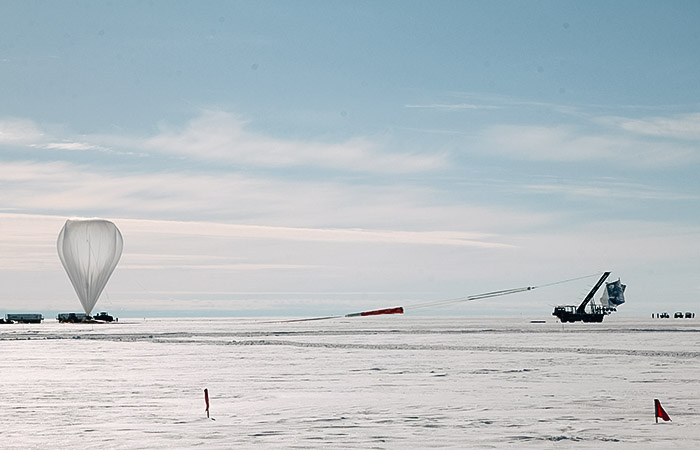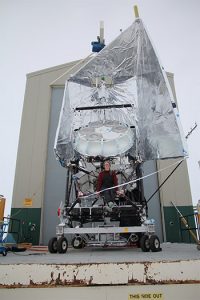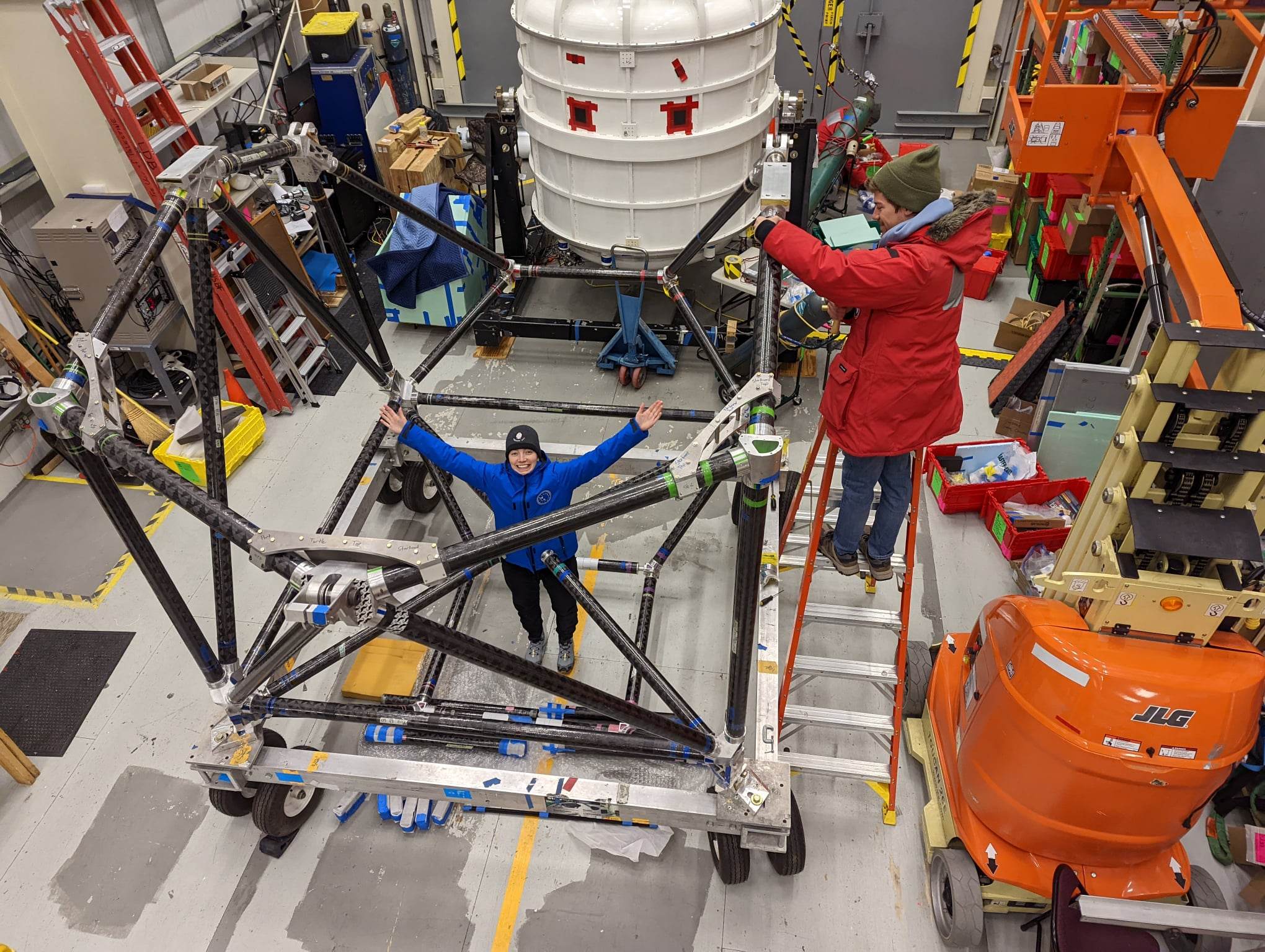THE SKY’S THE LIMIT
By Jackey Locke, BA'95

SUSAN REDMOND (B.Eng.’15) is hooked on spacecrafts—telescope balloons, to be exact.
Ms. Redmond, who hails from Portugal Cove-St. Philip’s, N.L., always knew she wanted to work in the space industry. But it was during an internship at the European Space Agency when her passion really took off. Following that experience, she completed a master’s degree in aerospace engineering at the University of Toronto’s Institute of Aerospace Studies, which led her to work with balloon telescopes—a type of airborne telescope.
There is much more opportunity to be hands-on with the hardware with a balloon telescope than with a space telescope. You get to see the full life cycle of the experiment in a relatively short time span——years versus decades for a space telescope– Susan Redmond

“This will be SuperBIT’s ‘science’ flight, and it will hopefully spend weeks in the stratosphere at an altitude of approximately 35 kilometres,” she said. “SuperBIT is an optical-to-near-ultraviolet telescope that studies dark matter via galaxy cluster weak lensing.”
Prior to working in New Zealand, she was in Antarctica at the McMurdo Station working on a balloon-borne telescope called the SPIDER-II.
“SPIDER-II is a microwave polarimeter that studies the afterglow of the Big Bang (the cosmic microwave background) using six telescopes housed in a vacuum vessel filled with liquid helium to cool the detectors to 300 milli-Kelvin (approximately -272.8 degrees C),” Ms. Redmond explained. “The instrument was lifted by a balloon the size of a rugby stadium to an altitude of 35 kilometres for approximately two weeks.”
When the experiments conclude, the payload separates from the balloon and parachutes back down to Earth. The hard drives, which hold the data, are recovered, as well as the payload carcass. For the New Zealand and Antarctica flights, teams conducted a pre-deployment integration campaign in Palestine, Texas.
The telescope balloon researchers work with two balloon launch providers: NASA and the Centre national d’études spatiales.
This past summer, both SPIDER-II and SuperBIT were fully assembled and tested in Palestine, then disassembled and shipped to Antarctica and New Zealand, respectively. The recovery for the payload in Antarctica was more difficult and required a team to be flown out to the landing site to retrieve the instrument. The entire structure must be retrieved, if it is safe to do so, to minimize pollution of the environment. This means a lot of the structure must be chopped up to fit into the small plane that is used for recovery.– Susan Redmond
Ms. Redmond is currently completing a doctor of philosophy degree at Princeton University. She plans to start a post-doctoral position in the fall, focusing on high-contrast imaging work. With the upcoming launch of the Roman Space Telescope and the development of the Habitable World’s Observatory, there are exciting projects in her future.
Working as part of a team is not new to Ms. Redmond. When she was a student at Memorial, she says there was a saying that “engineering is a team sport.”
“I think this was one of my favourite things about the program. Everyone was working to try and make sure everyone succeeded. Whether it was an exam or an interview, there was always a very collaborative and friendly approach among my classmates, as well as the class above us.”
Her advice to current students? Be creative and look far and wide for work-term opportunities.

There are lots of really cool things to do in research labs around the world. Email professors and use your connections. Don’t be afraid to jump on an opportunity that surprises you.
— Susan Redmond

